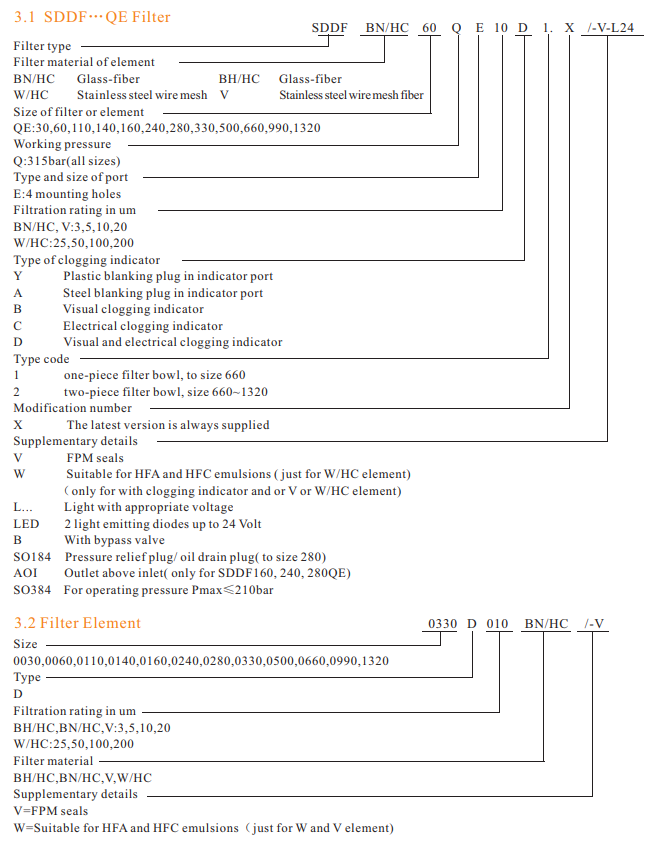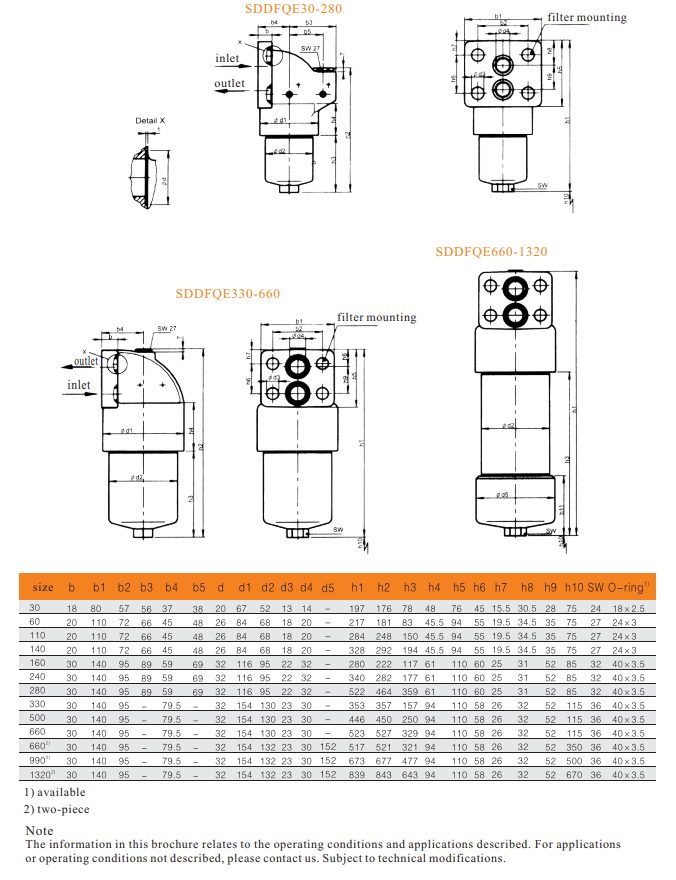Soil moisture content. The pit soil moisture measurement depth is 0~120cm, stratified soil sample, every 10cm is a layer, 0~20cm top soil layer is dried and weighed, and soil moisture content in 20~120cm soil layer is determined by US CPN company 503DR neutron instrument. Soil moisture in the pot was measured using a weighing method. The soil moisture content was measured every 7 days after the start of the test, and the soil moisture meter was used to facilitate the measurement before and after irrigation. Plant water content determination. Using the drying method, expressed as a percentage of fresh weight. That is, each treatment randomly selected 3 strains. When sampling, the roots were taken back to the laboratory together with the above-ground parts of the plants to weigh them freshly; then they were kept under 105e for 2 hours, dried at 80e to constant weight, and then Weigh the dry weight, the water content of the plant = (fresh weight - dry weight) / fresh weight @ 100%, and finally take the average of 3 plants.
Through the soil moisture meter, it was found that the soil moisture is closely related to the moisture in the plant. Under different soil moisture conditions, there were differences in plant water content, and the water content of soil moisture from low to suitable winter wheat plants increased significantly. When the soil moisture increased from the appropriate value to a certain value (field water capacity), the water content of the plant began to stabilize, but the stable value of plant water content was slightly different at each growth stage. The changes of water content of winter wheat after irrigation were different in different soil water treatments. The water content of winter wheat changed greatly after irrigation with low soil moisture, and the water content of winter wheat did not change much after soil water irrigation.
SDDF QE series pressure filters are designed in accordance with international regulation, which consist of a Filter Housing with a screw on cover plate.
Standard equipment
-mounting holes in the filter head
-two-piece bowl for size 660 and above
-compatibility with fire-resistant fluids HFA/HFC
-drain plug with pressure relief(size 330 and above)
Connection Diagram

Shengda is sure that our filters are of reliable performance so that they can protect hydraulic parts from polluting and machines from abrasion.
Filter elements are available with the following pressure stability values
BN/HC:25bar
BH/HC:210bar
W/HC:30bar
V:210bar
Seals
-NBR(=NBR)
Special models and accessories
-with bypass valve
-drain plug with pressure relief
-seals in FPM, EPDM


Flange-Mounted Pressure Filter
Grader Filter,High Pressure Filter,Flange-Mounted High Pressure Filter,Flange-Mounted Pressure Filter
Xinxiang Shengda Filtration Technique Co., Ltd. , http://www.filtrations.nl